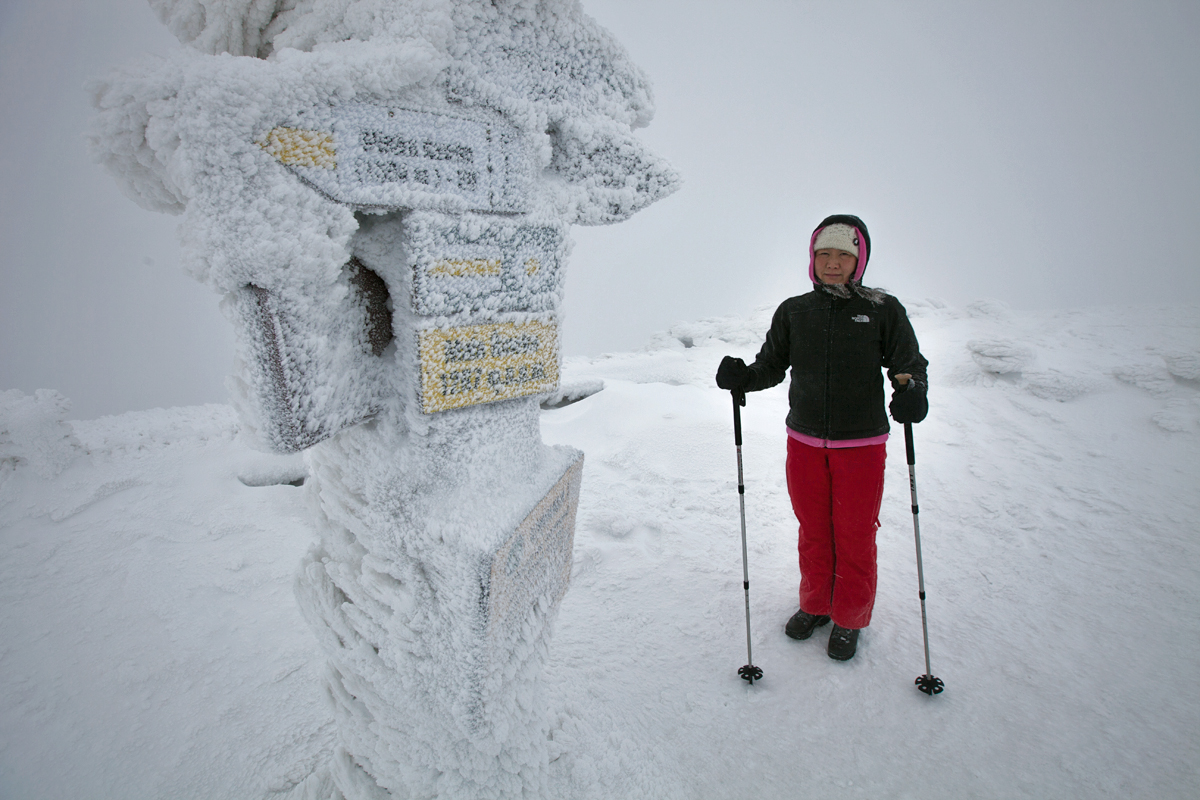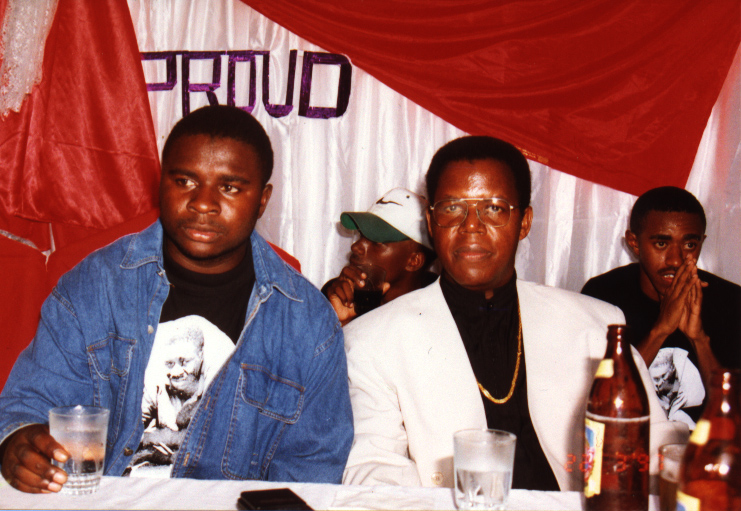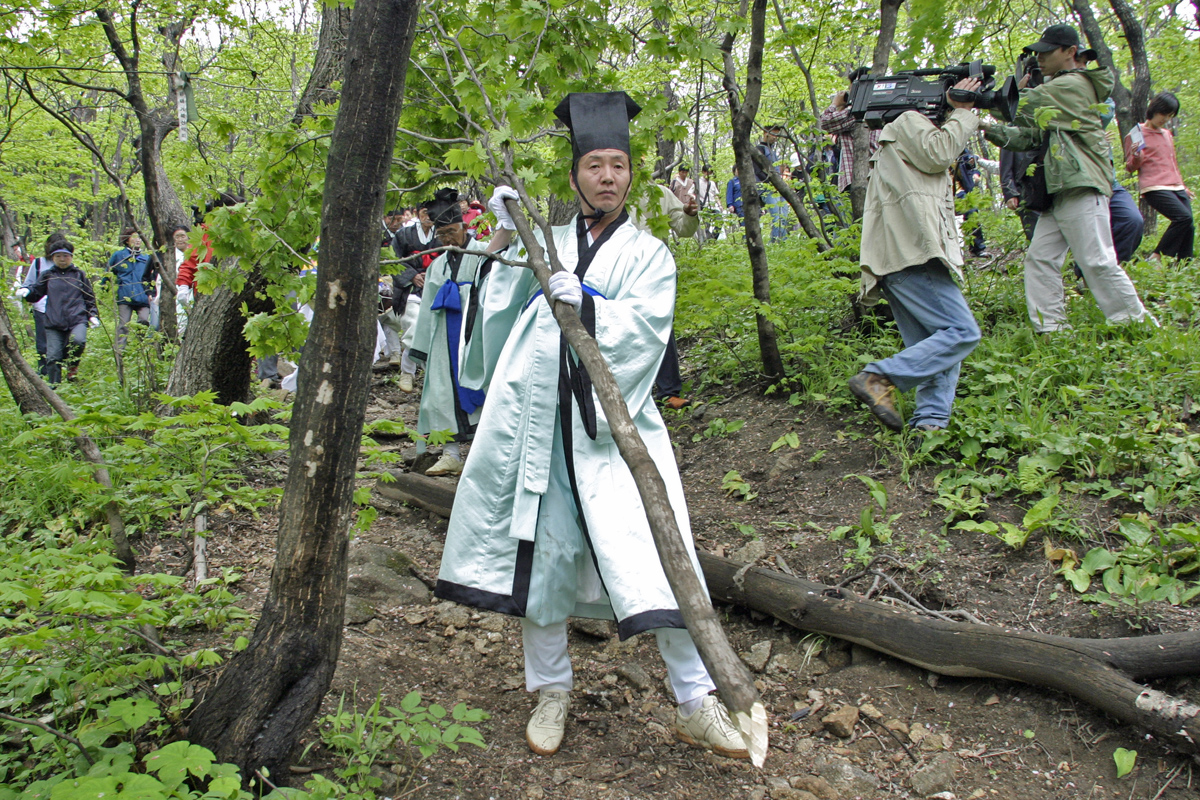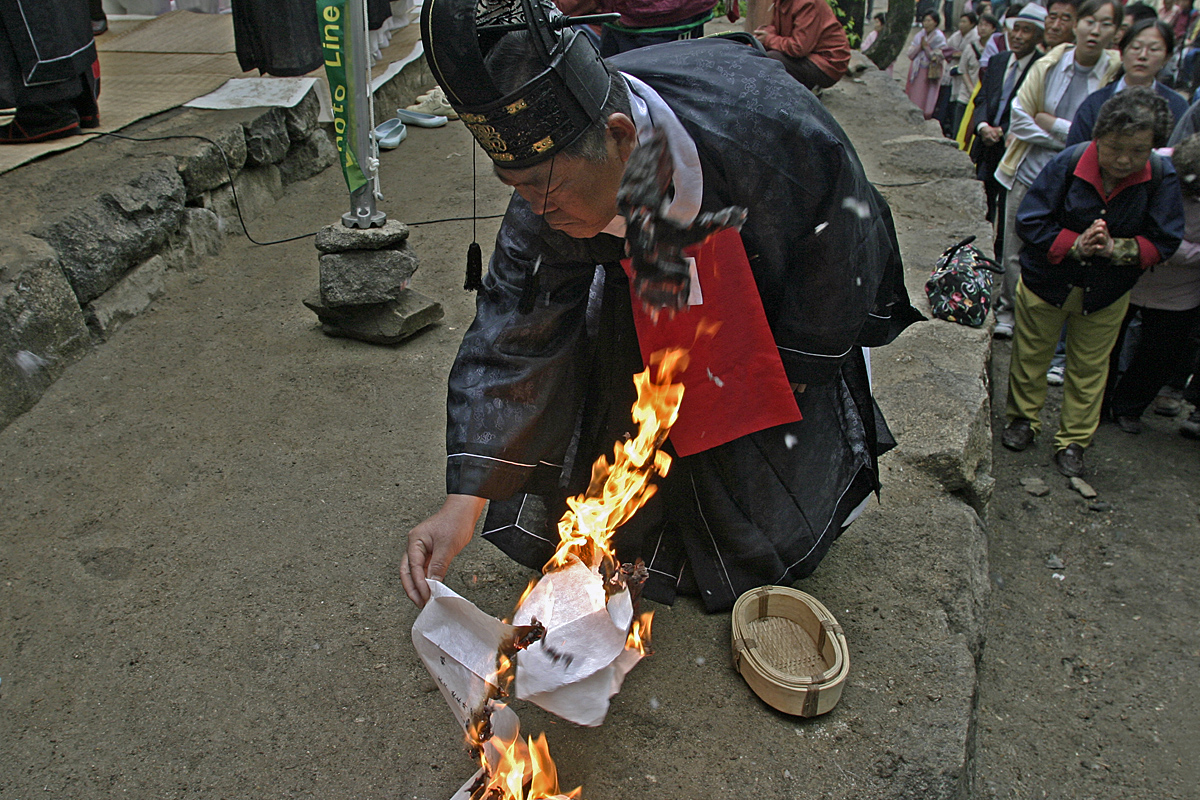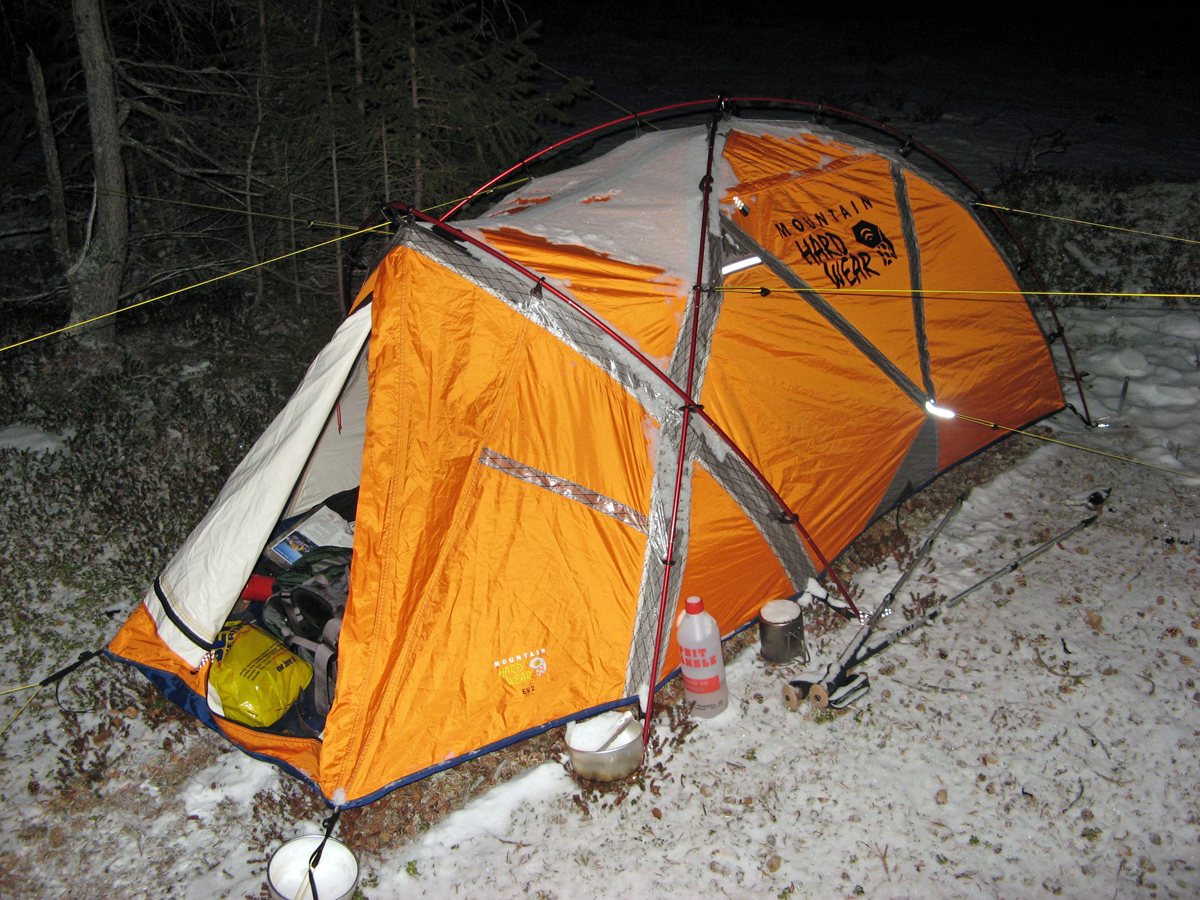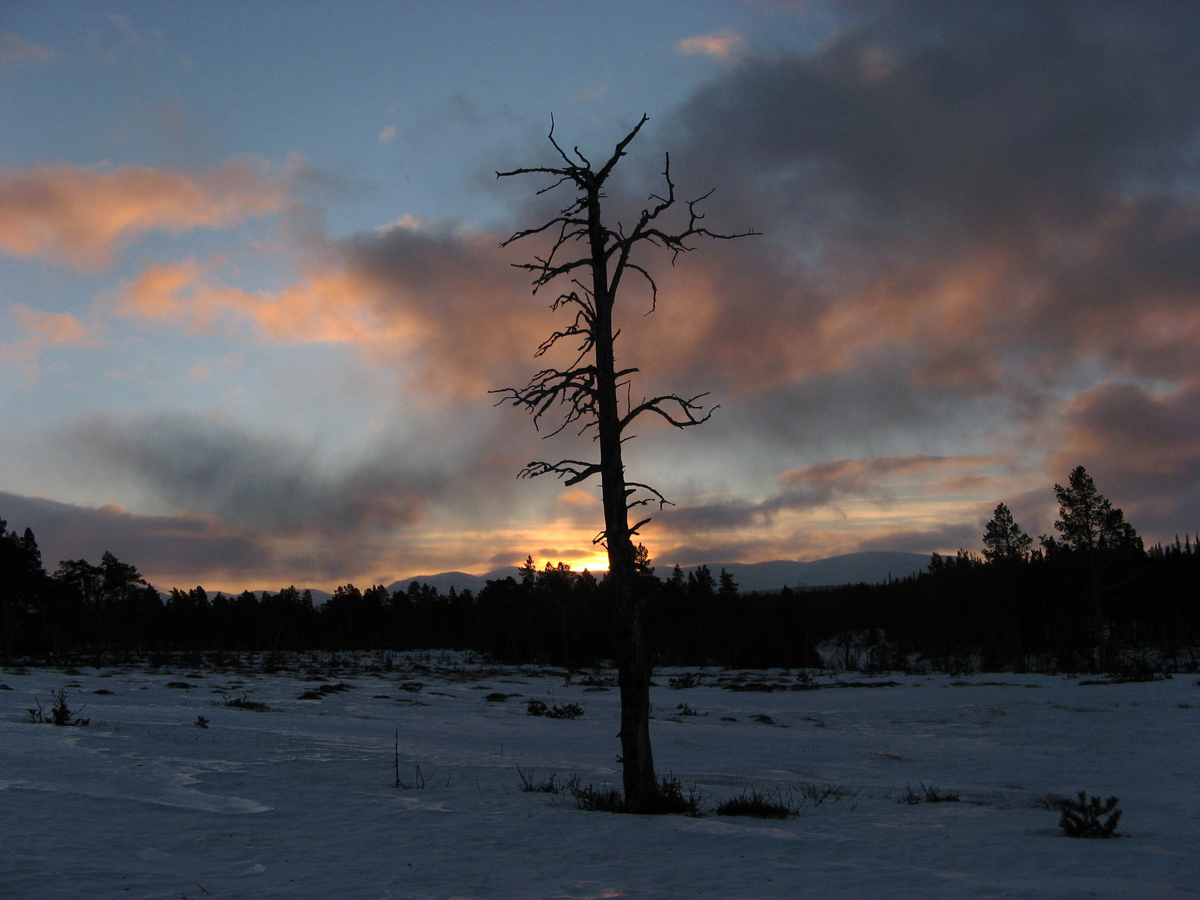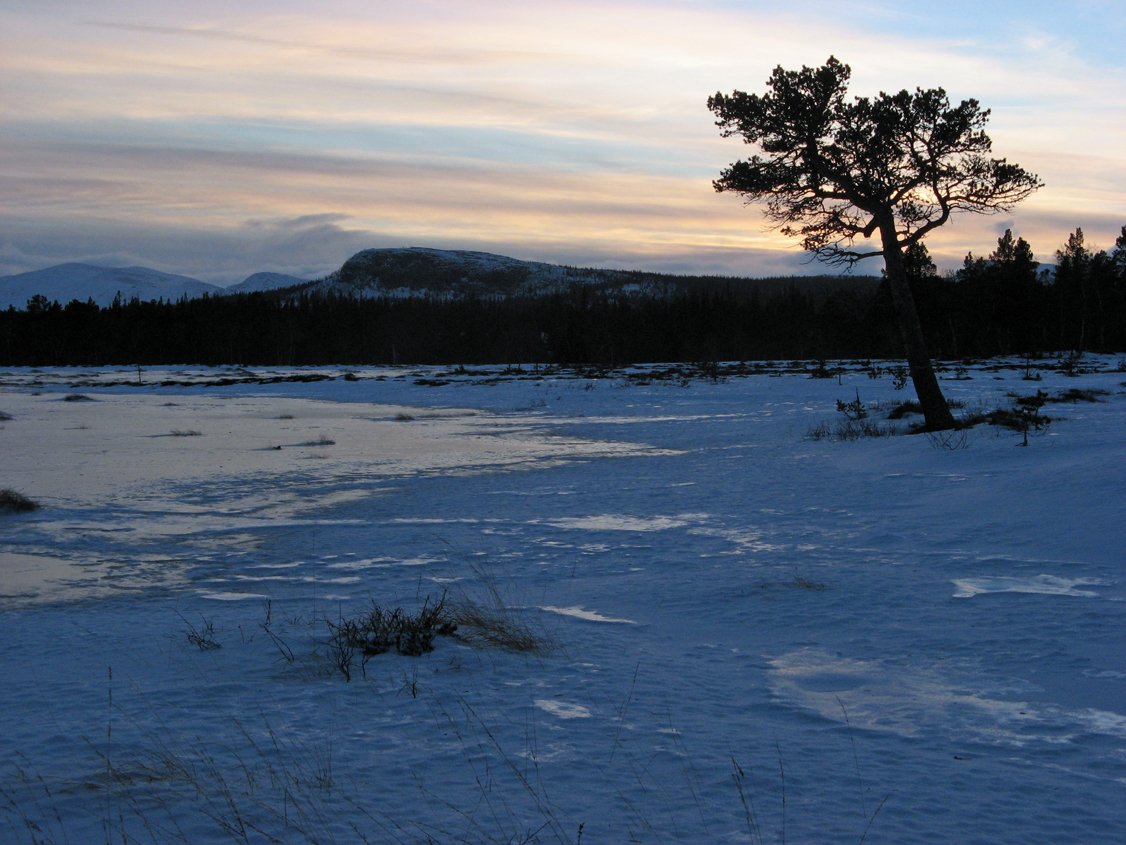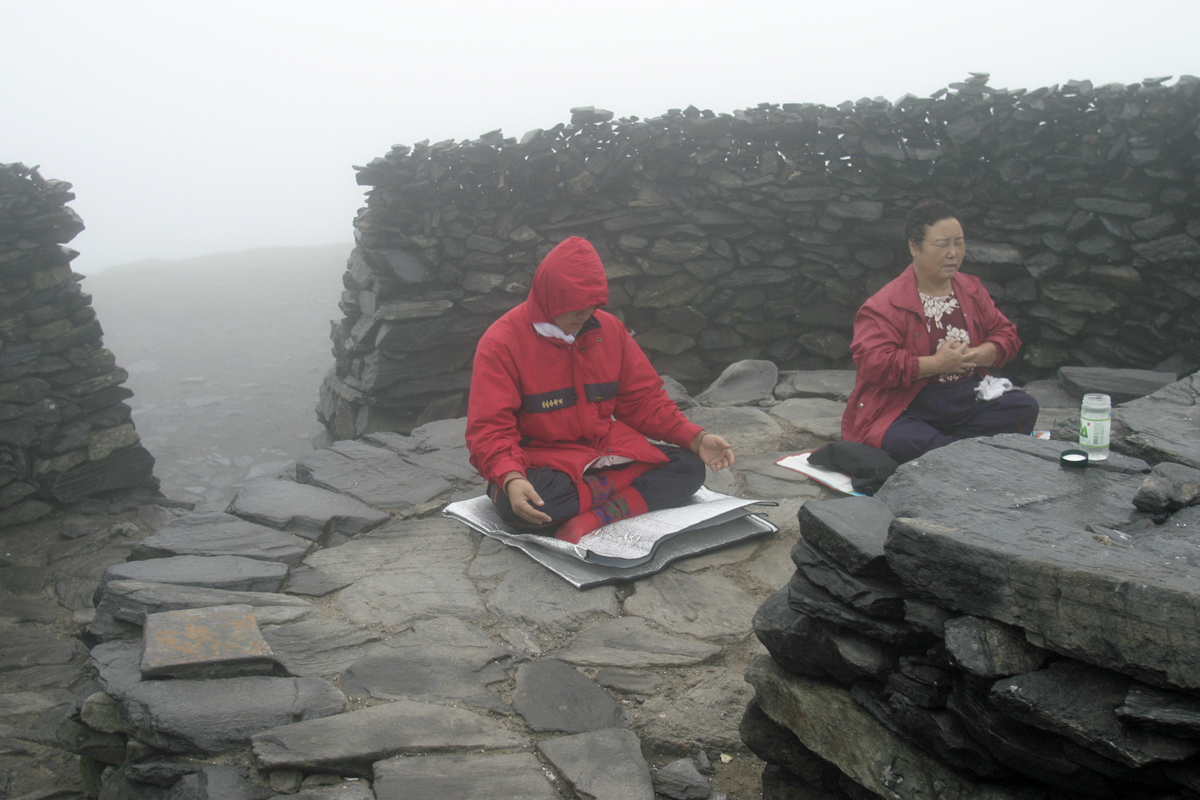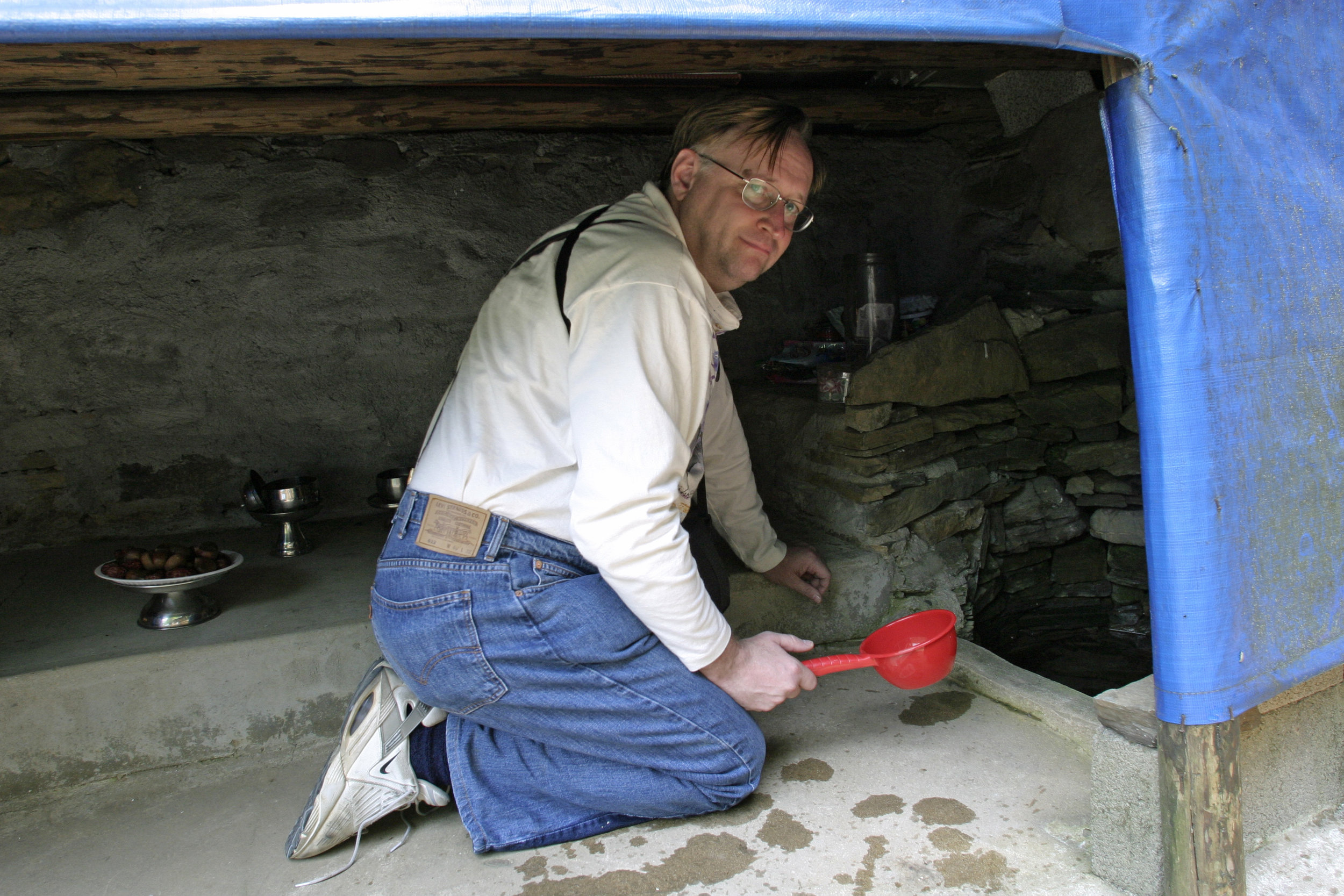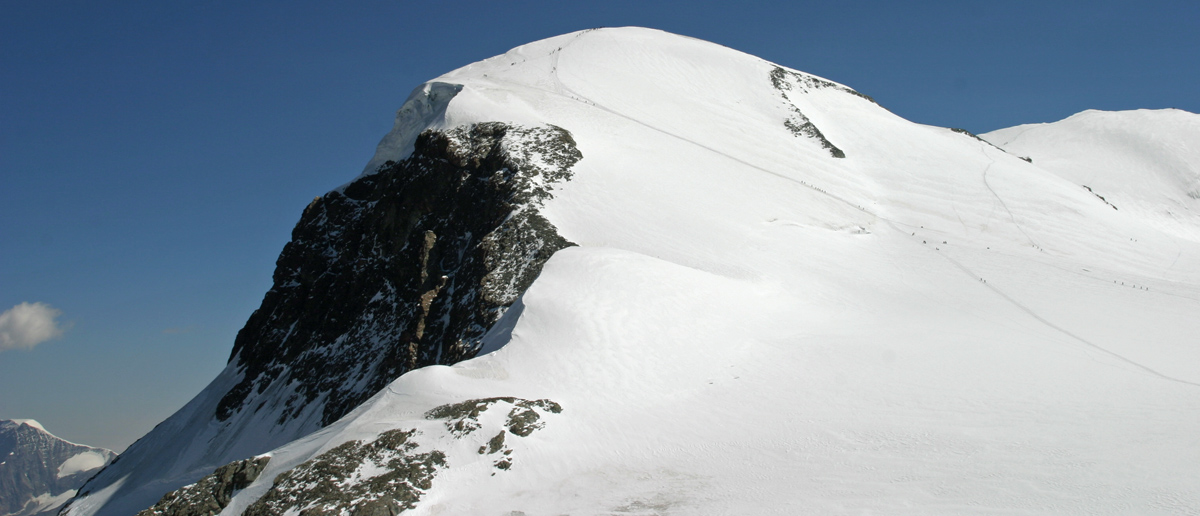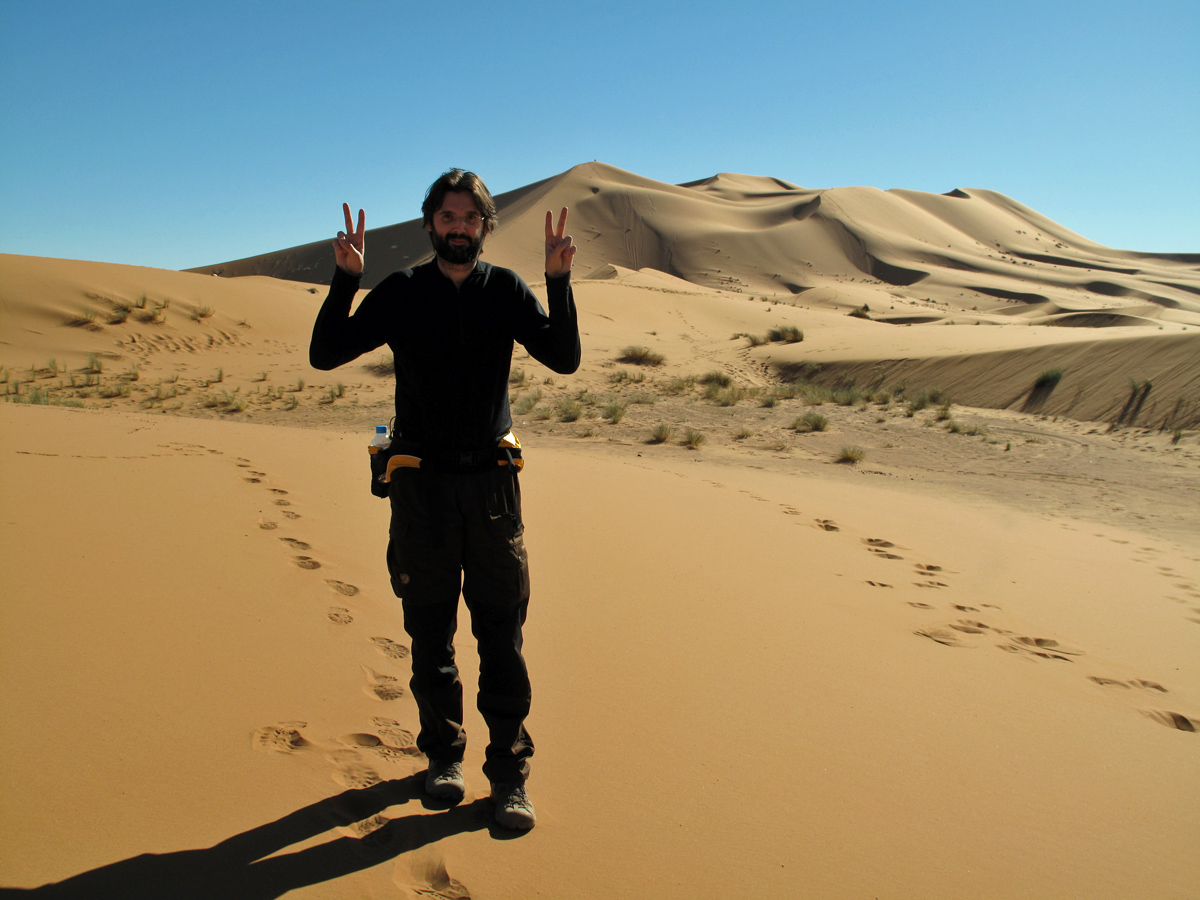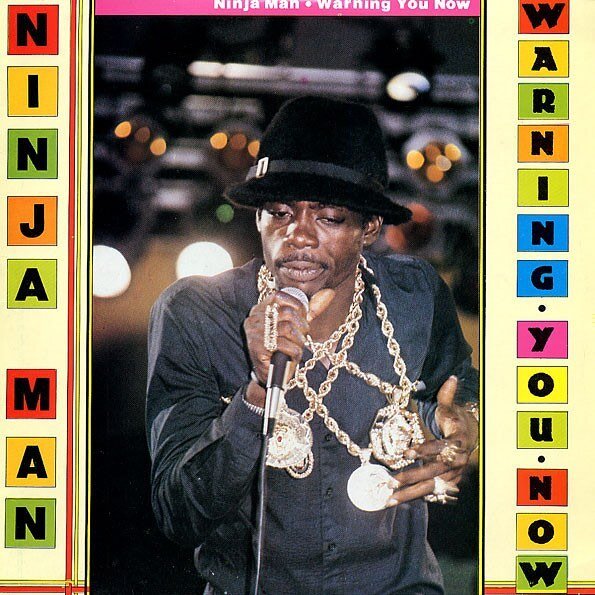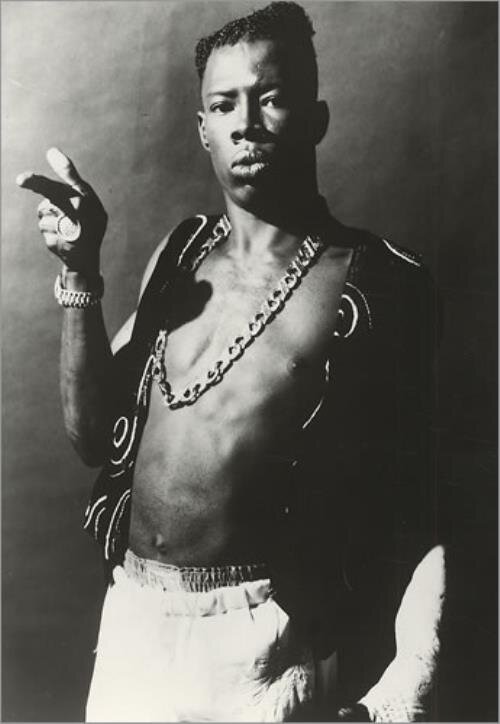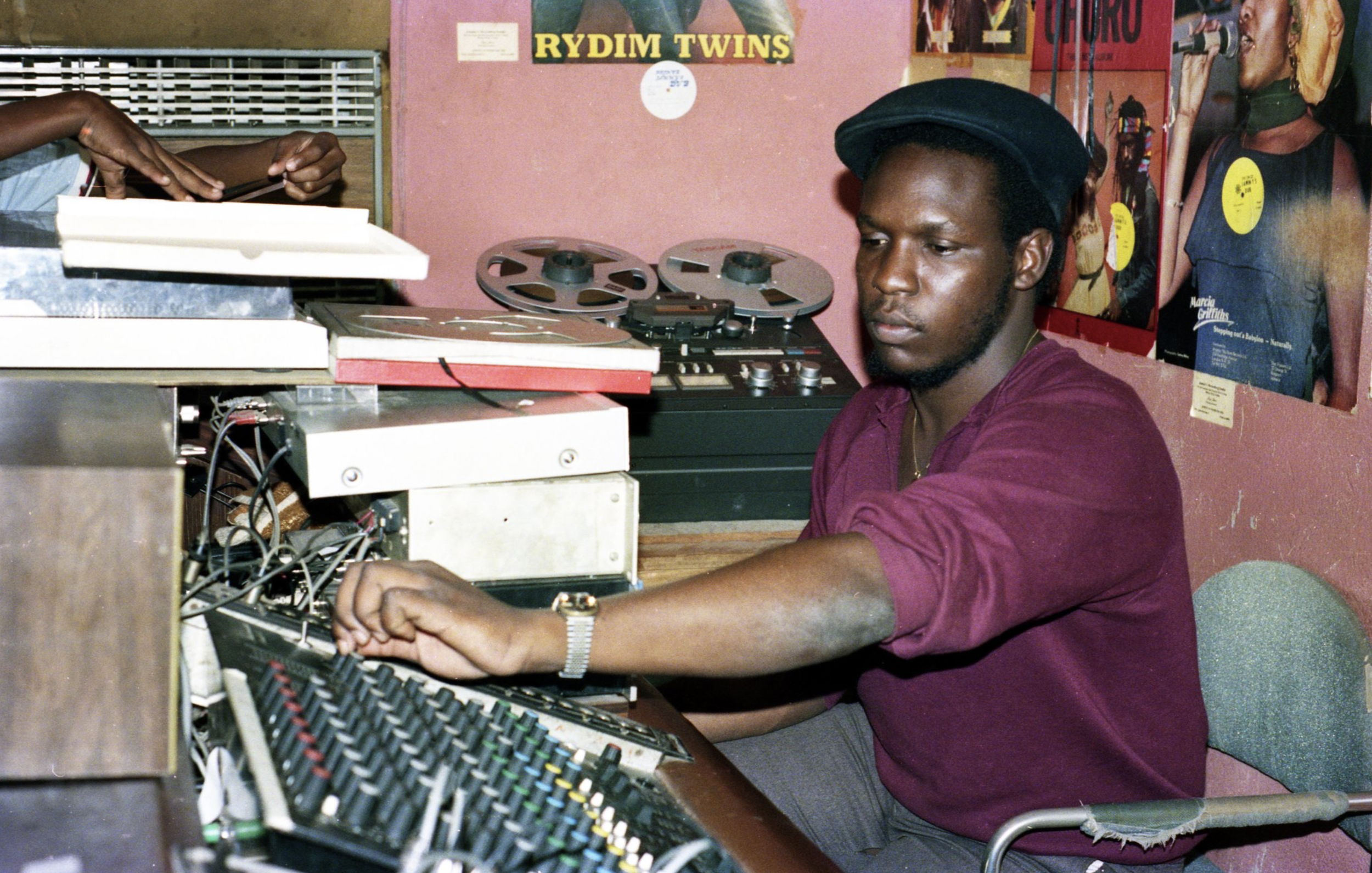Bieszczadzki Park Narodowy
The last day of 2011 I flew with Ho Jung to Kraków in Poland. The plane ticket was a gift from Ho Jung for Sinterklaas. In Kraków we rented a car and drove over snowy mountain roads to the border with Ukraine. On New Year’s Eve we found probably the last remaining hotel room in the area. We spent a couple of days hiking in the Polish part of the Bieszczady Mountains. In the first days of 2012 the mountains were pretty empty. One day we didn’t even encounter a single hiker.
Driving our Fiat Punto on snowy roads: great fun!
Bieszczady has a troubled history. Until 1947 the area was mostly populated (84%) by a Ukrainian ethnographic group speaking a dialect of the Ukrainian language. After the Ukrainian Insurgent Army assassinated a Polish general in 1947, the Ukrainians were expelled from Poland during Operation Vistula. Bieszczady was practically deserted afterward. Even today few people live in this vast area.
I always wondered if there was a country where they serve hot beer. In Poland I got my answer: Grzaniec, also known as Grzane Piwo, is a heated beer with spices, like cloves, cinnamon and ginger. Ours had a strawberry on the bottom of the glass.

